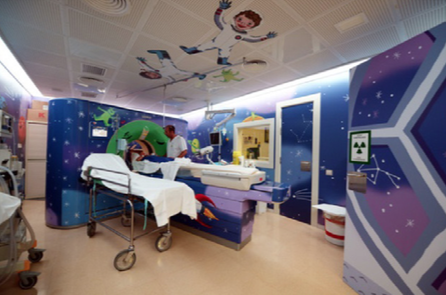Disseny orientat a l'usuari : espais no asistencials polivalents a l'hospital.
DOI:
https://doi.org/10.46516/inmaterial.v4.65Paraules clau:
healthcare, user centered design, workplaces, innovation, design thinkingResum
Daily requirements in hospitals are forcing the organizational structures and protocols to adapt, based on changing needs and resources, to properly develop the activities there. As the assistance tasks (TA) are the main activities carried out in these types of facilities, it is the hospitals themselves that act by investing in design and innovation to improve the well-being and healing of patients. A variety of non-clinical care tasks (TNA) are also developed, which do not receive the same attention in terms of improvements in innovation. The decisions that have turned hospitals into functional and effective environments have resulted in the appearance of work spaces, sometimes inappropriate, for the physical and psychological needs of health professionals. At the Hospital General de Catalunya (HGC) and also the Hospital Universitario Sagrado Corazón (HUSC), the improvement of the welfare and productivity of the medical team during the workday, while not attending to patients, is wanted. Therefore, it is necessary to carry out applied research work based on a real and concrete need: providing professionals with spaces and means to favor the fluidity of knowledge present in clinical sessions, and fostering the interrelation between different services, thus favoring growth and research in the scientific field to generate knowledge with applicable uses that can lead to new products or services.Descàrregues
Les dades de descàrrega encara no estan disponibles.

Descàrregues
Publicades
2019-12-20
Com citar
[1]
Ibáñez García, J.M. 2019. Disseny orientat a l’usuari : espais no asistencials polivalents a l’hospital. INMATERIAL. Diseño, Arte y Sociedad. 4, 08 (Dec. 2019), 103–130. DOI:https://doi.org/10.46516/inmaterial.v4.65.
Número
Secció
ARTICLES ORIGINALS
Llicència
Drets d'autor (c) 2019 José Mª Ibáñez García

Aquesta obra està sota una llicència internacional Creative Commons Reconeixement-CompartirIgual 4.0.






